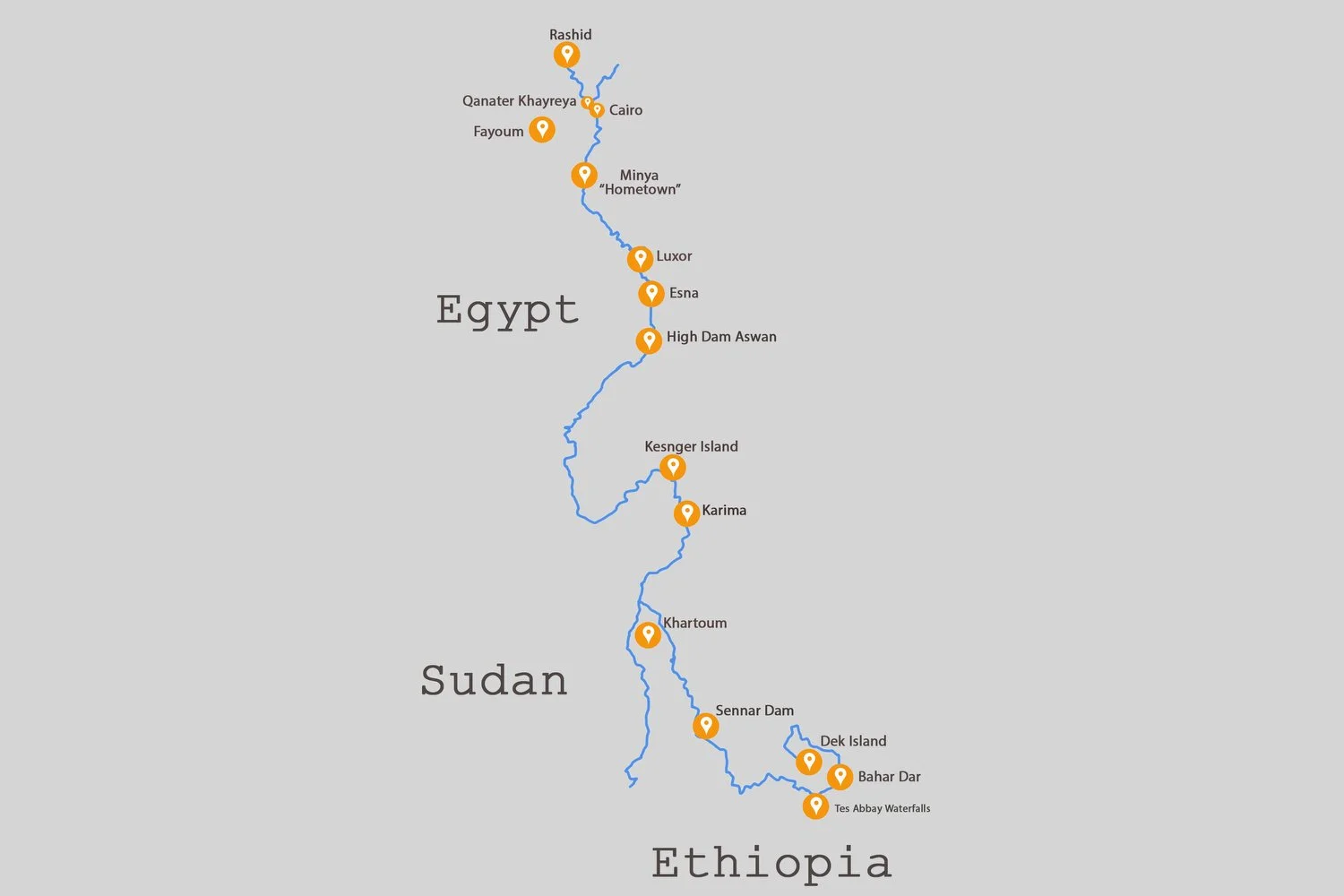
More than 5,000 years ago, the ancient Egyptians built one of the greatest civilizations in human history, and the Nile River was the cornerstone on which they laid the foundations of this civilization.
Thus we recognize the immortality of the "Eternal River” in our consciousness, but today this eternity has become confused between security and absolute truth, in light of the environmental and political challenges that confront its path.
The Nile river is one of the longest rivers in the whole worlds shared by 11 countries and giving life to millions in Africa.
I used to meet the Nile River at the closest point to my small city in southern Egypt, My emotional attachment to the river is shared by almost most Egyptians.
In my project, I try to look as objectively as possible towards our water’s future. I first began to go back a little bit on the historical and geographical level to establish a balanced vision regarding the reconfiguration of the river for itself more than once, to the political conflicts and the environmental changes that play a decisive role today in determining the future of the river: our future.
And what I have done is only the beginning of a greater journey in a river rich with different layers of challenges and endless details that are renewed every day as the renewal of its pages and colors.
Oh Mysterious Nile..Will you be Immortal!
2019 - 0ngoing
The discovery of the source of the Nile was a mysterious secret sought by many explorers and travellers from ancient times In the Pharaonic Sixth Dynasty. The two kings Mr-An-Re and Pepe II, around 2200 BC, were ordered to make 4 expeditions to search for the sources of the Nile. Attempts to discover the sources of the Nile continued until the Jesuit fathers Pedro Paez and Jeronimo Lobo found the source of the Nile in Ethiopia in 1618, the beginning of the seventeenth century.
Agriculture accounts for at least 80 percent of all water consumption in the Nile Basin countries.


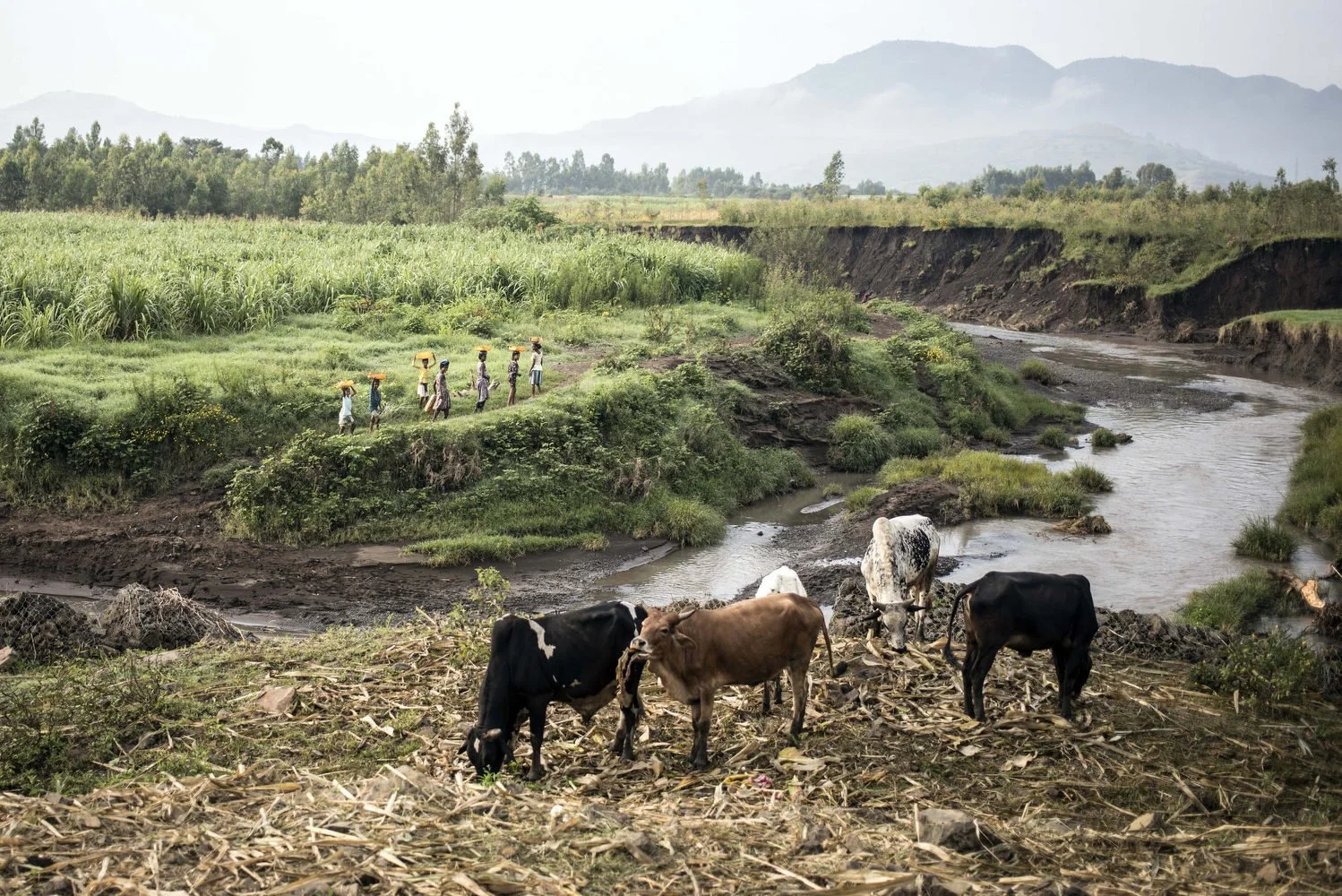
Priest Telema is baptising one of the villagers of Dek Island with the water from Lake Tana, Dek Island is located in the heart of Lake Tana which provides the Nile river with 85 % of the water.

In many places in Ethiopia, women would go every day to fill their Jerrycans with water for their daily needs, this trip can sometimes take between 30 to 1 hour just going to the water source.
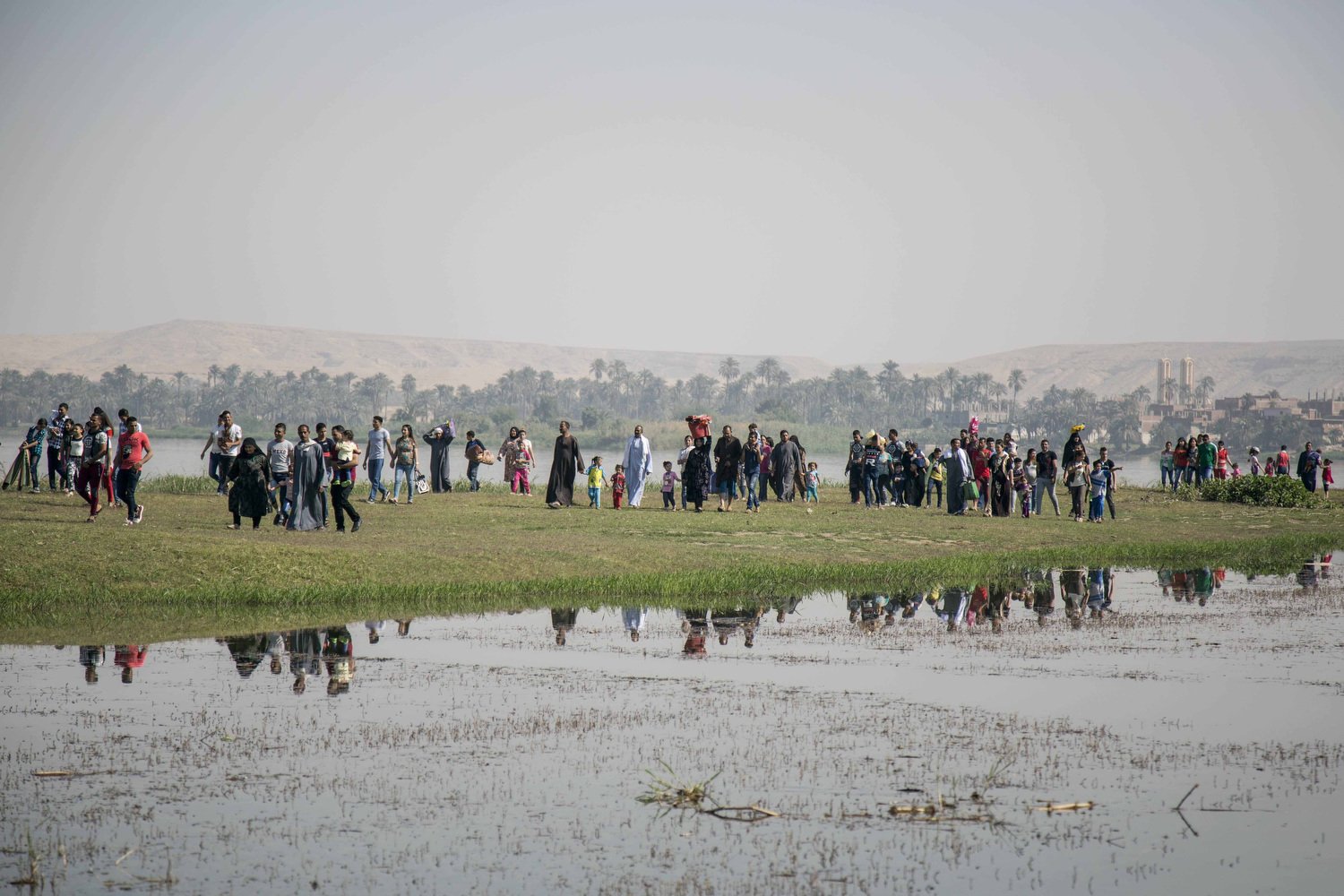
In Egypt, 96 million people are concentrated along the narrow Nile Valley and Delta, while 98% of them live on only 3% of the land, as the rest of the land is desert, and 97% of the population lives on the Nile water as their main source.

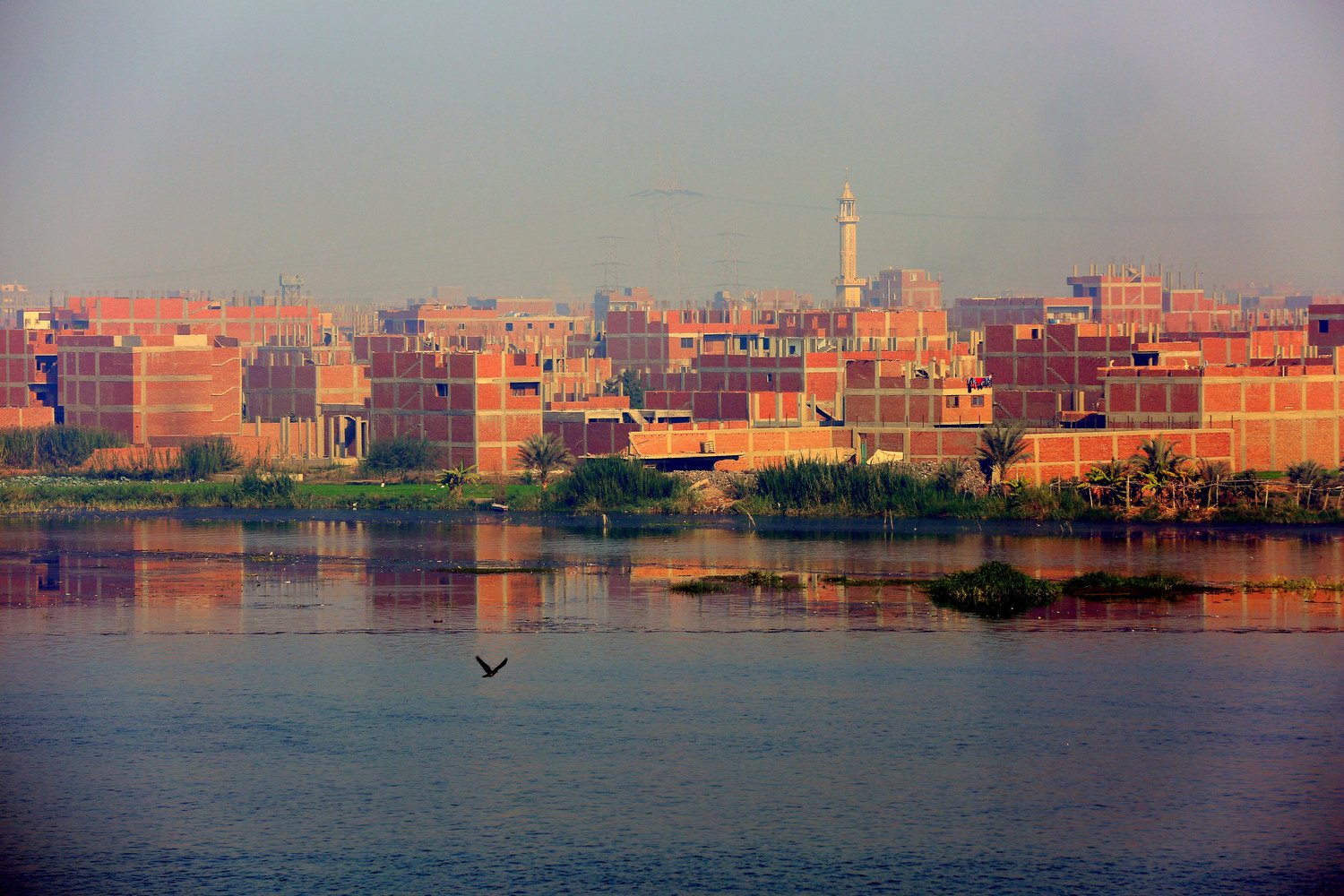


Let us hear your voice
We salute you and call you in the name of Hapi
When you come out of your cave
Let the water flow from the two great fronts
That you hold in your hands
And gift us some of your generosity
Come to save us, Oh Nile, source of life
The seeds of drought resound, children scream
Of hunger and the old are mourning
We beg you
Look, they are offering sacrifice in the temple
Let your voice resound, let your blaze and
Fill us with abundance
Oh great Nile
— Isis addressing Hapi, the Nile god, from the sound and light show at Philae temple in Aswan/ Egypt
The Nile, for Ancient Egyptians, was holy, and they had different gods for the Nile and water. "Nun & Khnum" was the god responsible for the eruption of water; they called him "the greatest potter" and the guardian of the Nile. "Osiris" was known as the god of Fertility, growth and agriculture, " Habi" the god of water and "Set" who killed his brother Osiris was the god of desert, chaos and evil.


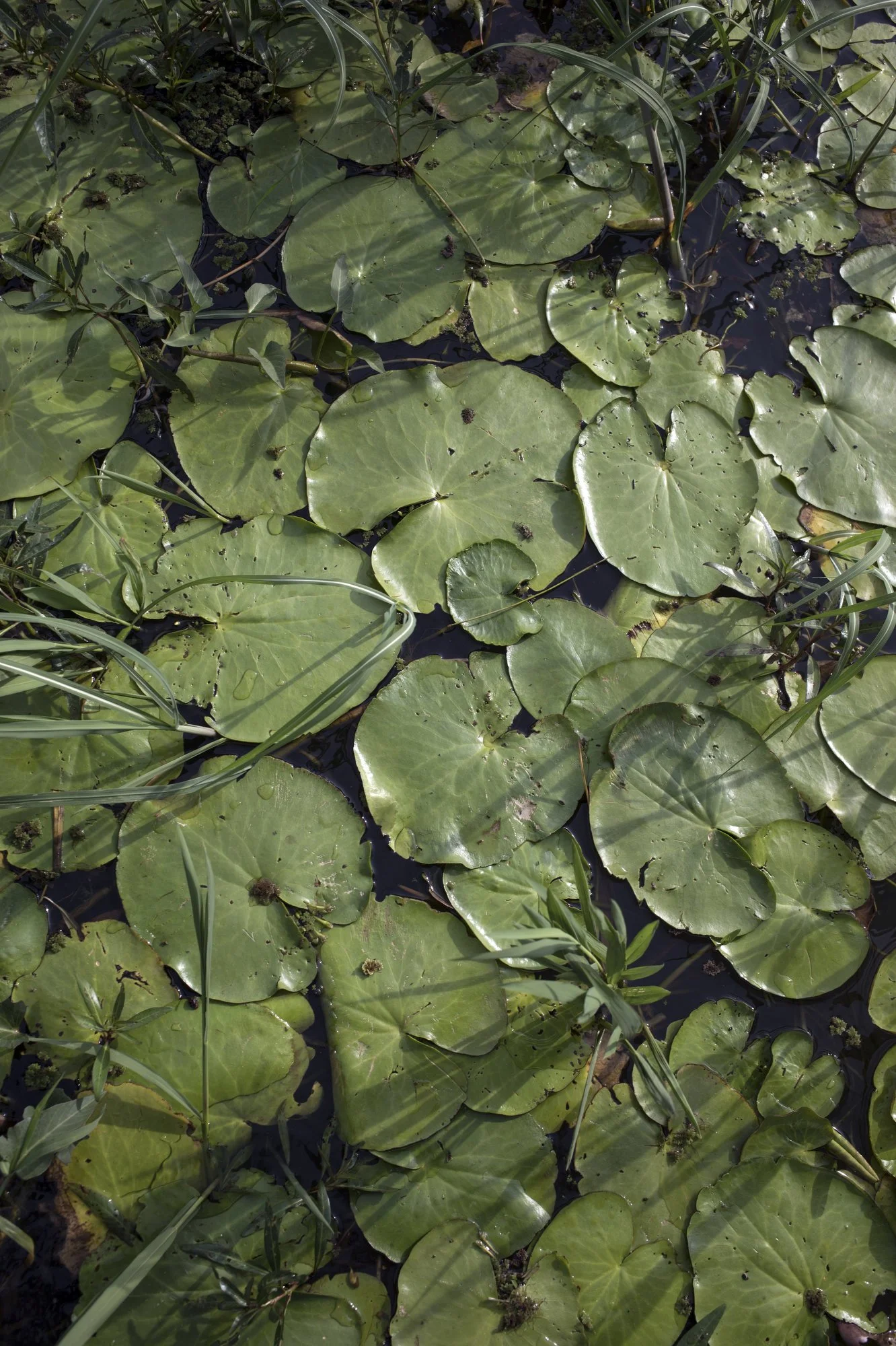

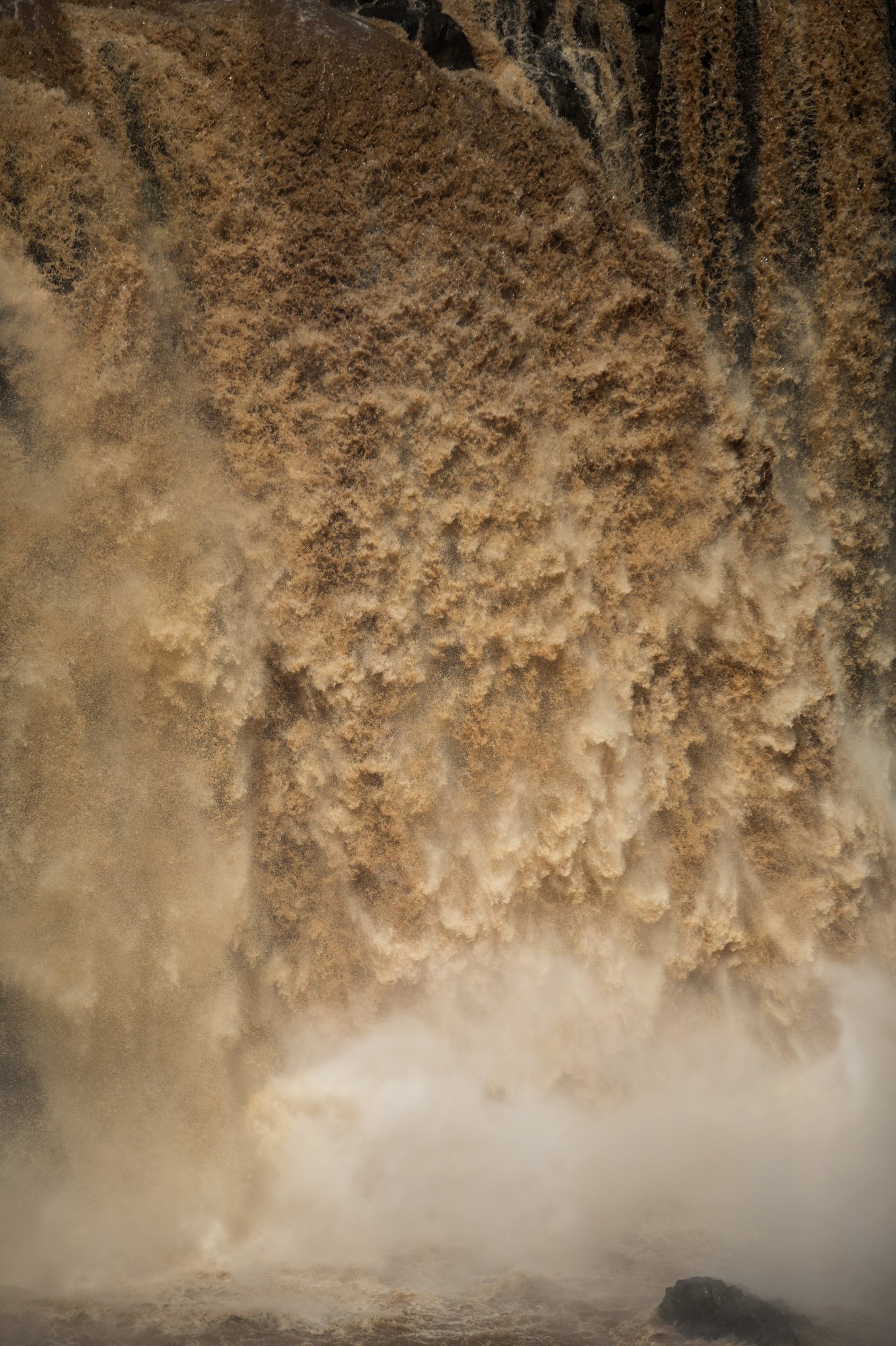
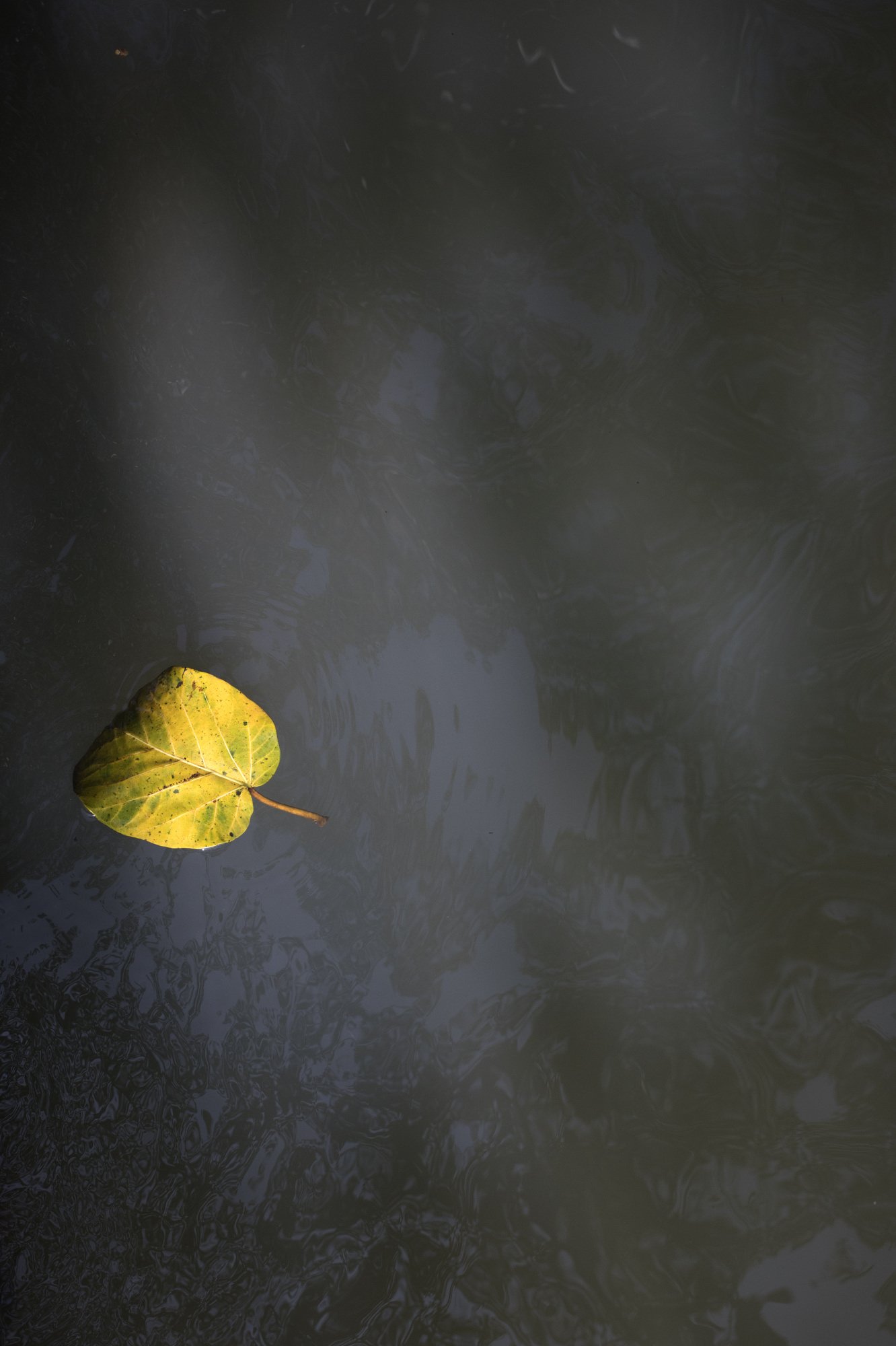






The waters of the Nile give life to over 500 million African from the 11 countries who share the Nile

In Sudan, floods swept through 16 Sudanese states during September 2020, exceeding levels that had not been seen for over 100 years. According to reports that emerged in the flood's aftermath, 103 people died, and tens of thousands of homes wholly or partially collapsed. More than half a million people have been affected so far.






In Egypt, 150 million tons of industrial waste are dumped into the Nile each year,
according to a 2018 report by the Ministry of Environment.

“I have not polluted the river’s water. I have not prevented the flood in its season, I have not dammed the running water, I have given bread to the hungry, I have given water to the thirsty.”
- From the Book of the Dead
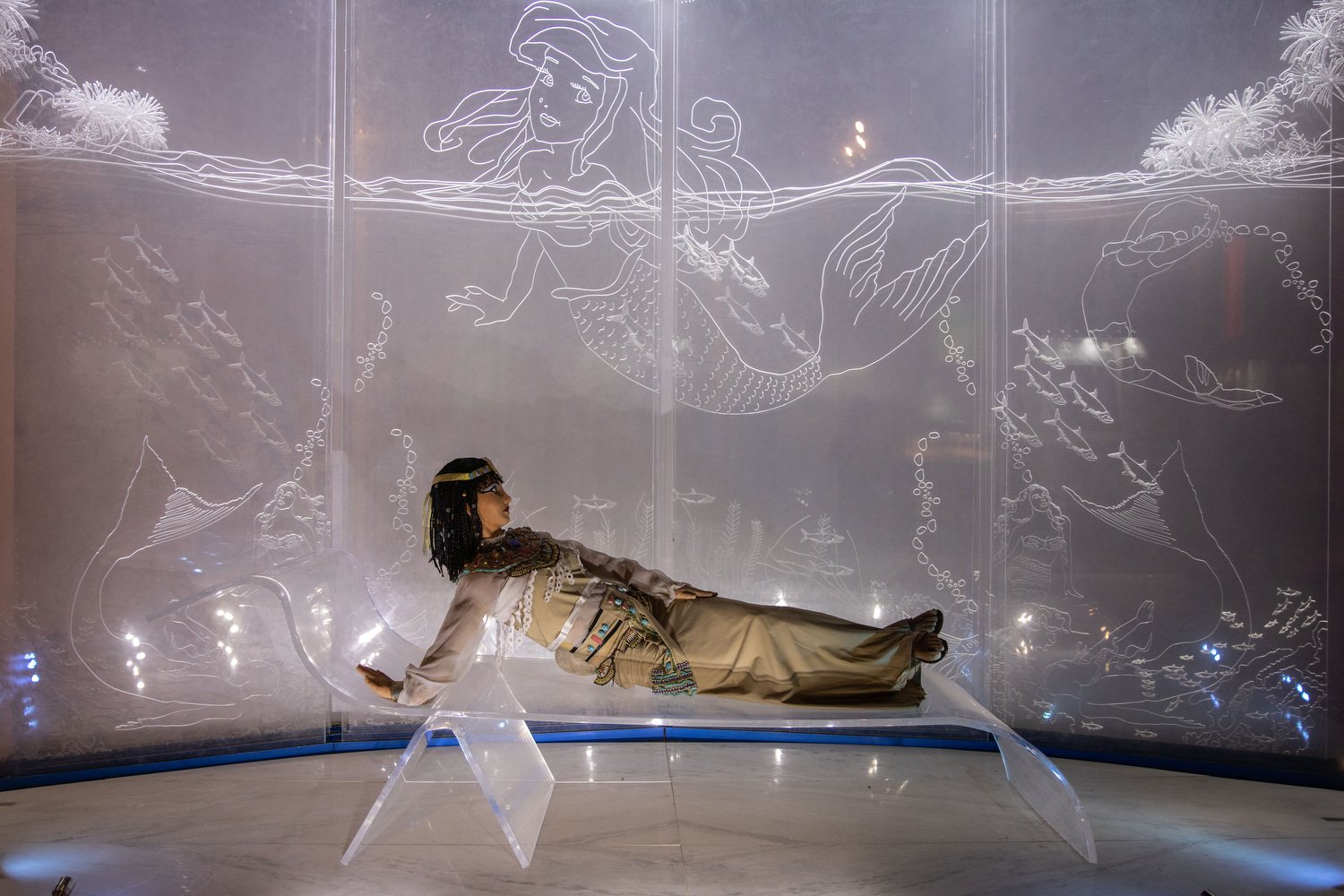
The bride of the Nile statue in the Nile museum in Aswan, It is believed that it is one of the sacrifices ancient Egyptians presented to the Nile every year

In Egypt, almost every house has a water pump, In one of the busiest neighbourhoods of Cairo there water pumps were seen at the entrance of only one building.
King Menes Narmer is one of the kings of ancient Egypt, who ruled between 3273-2987 BC.
King Mina built the "Qushiya" dam, the oldest dam in the world, in 2900 BC to protect the country's capital, Memphis, from floods. At that time, the people of Abyssinia "Ethiopia" objected, fearing that the dam would take the amount of rain that falls annually. Still, King Mina reassured them, and the crisis passed without war.

